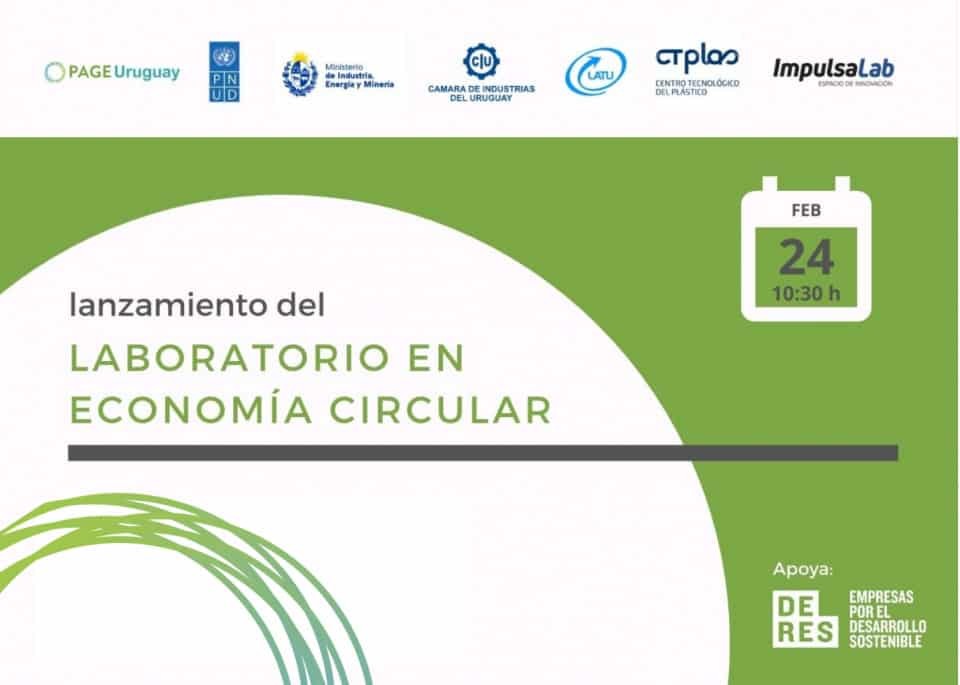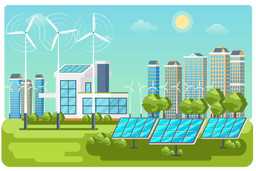PAGE and Cambridge Econometrics have released the final results from the specialized joint modelling project underway since late 2020. The modelling took a global outlook for economic recovery options as well as a tailored approach specific to the South African context, which analyzed spending plans and multi-sectoral impacts.

Overall, the findings show that a ‘non-green’ recovery focused solely on GDP and jobs will result in greater environmental degradation, while alternatively, green recovery policies can be, at minimum, as effective at boosting GDP and jobs. Importantly however, green recovery options will involve economic reconstruction, and so Just Transition policies will need to be included with them for true success.
Globally, the modelling shows that a green recovery will perform stronger in terms of GDP and jobs, and will remain more persistent after these policies are phased out. But, the size of the programme needs to be larger to return GDP back to its pre-pandemic path. Beyond this, ‘non-green’ scenarios will see a rebound in emissions while green recovery scenarios achieve substantial cuts in CO2 emissions.
Building on the previously presented findings from South Africa, specifically looking at the South African Economic Recovery and Reconstruction Plan (ERRP), the analysis was extended to apply the World Conservation Monitoring Centre’s tool ENCORE (Exploring Natural Capital Opportunities, Risks and Exposure). This proprietary tool enables users to visualize how the economy depends on nature and the economic risks occurring from environmental changes.
In this extended analysis — which includes looking at the decommissioning of coal mines as part of a ‘green push scenario’ — the results show that while GHG emissions would be reduced, there would still be ecosystems impacts expected from other sectors, such as expected increases in construction and infrastructure processes. Thus, the recommendations for the National ERRP are to include plans to mitigate the impacts of sectoral growth on natural capital assets, and particularly place attention on the agriculture sector.
MODELLING A GLOBAL INCLUSIVE GREEN ECONOMY COVID-19 RECOVERY PROGRAMME
This report documents work to provide a quantified analysis of the impact of alternative (non-green and green) COVID-19 recovery plans on key economic, social and environmental indicators. The main focus is on the global impacts, but two case studies covering South Africa and Latin America and the Caribbean are also presented. The analysis has been carried out using the E3ME energy-economy-environment model which covers the entire global economy in considerable geographical and sectoral detail.
MODELLING AN INCLUSIVE GREEN ECONOMY COVID-19 RECOVERY PROGRAMME FOR SOUTH AFRICA
This report has been prepared as a case study within the wider project Inclusive Green Economy response scenario modelling of COVID-19 recovery plans, undertaken by Cambridge Econometrics for ILO and UNEP. The project’s aim was to undertake a quantified analysis of the impact of alternative (non-green and green) COVID-19 recovery plans on key economic, social and environmental indicators globally and in selected PAGE countries. This report presents the analysis carried out for South Africa.
POLICY BRIEF: MODELLING A GREEN ECONOMY RECOVERY FOR SOUTH AFRICA
This policy brief reports estimates of the potential economic, social and environmental impacts of key policies in the Economic Reconstruction and Recovery Plan (ERRP) published by the South African Government in October 2020, drawing on the case study prepared within the wider project Inclusive Green Economy response scenario modelling of COVID-19 recovery plans by Cambridge Econometrics and PAGE, in collaboration with Prof Margaret Chitiga-Mabugu of the University of Pretoria.
SUMMARY PRESENTATION OF RESULTS
BUILDING A NEW FUTURE TRANSFORMATIVE RECOVERY WITH EQUALITY AND SUSTAINABILITY


